When I was pregnant with my first child, I had a thing called a “birth plan”. They were all the rage. All my antenatal friends had them. We spent hours thinking about how we wanted to give birth. The general idea was a quick, painless delivery. A bit of meditation, a back rub and some listeria ridden brie and a dollop of salmonella stained mayonnaise waiting at the end. One lady even made a play lists and her husband printed a motivational t-shirts. (“Push baby push!”)
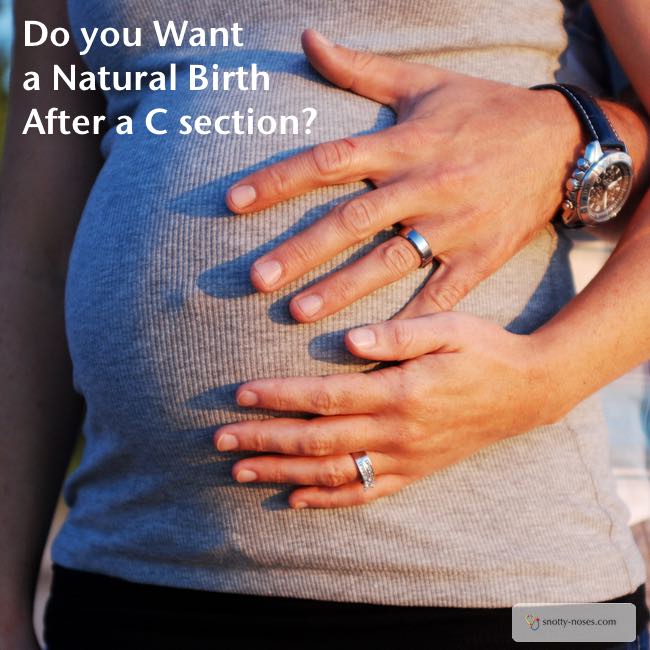
Yep. I am not joking.
Inside: what you need to know if you are pregnant with your second child after having a previous cesarian section. Do you want to have a VBAC (vaginal delivery after a cesarian section) or an elective section?
Birth plans are a great way to focus your mind on what you’d like to happen. In an ideal world.
Most babies forget to read the birth plans, or perhaps they’re just practicing for being toddlers…they read them and say “NO!”
Those babies laugh in the face of your birth plan and make it to the light of day any which way they can manage.
For me that was an emergency caesarian section.
So when it came to baby number 2, I really did have a decision to make before the whole going into labour thing.
Did I want to have an elective section, or have another go at a vaginal birth?
Giving Birth is a Personal Choice
Deciding how to give birth to your baby is a really emotive issue. You need to decide what is best for you.
When I was surrounded by pregnant women, I felt as if natural birth was THE right thing. In a way it is, it is better for the baby and normally better for the woman too. (Obviously statistics don’t tell you what will actually happen to you personally.)
But it was more than that. There was almost an unspoken pressure to prove yourself.
Were you woman enough to give birth naturally?

Truth be told, I did feel a sense of achievement when I finally give birth naturally. Who wouldn’t? It IS an achievement. An AWESOME achievement.
How do You Want to Deliver Your Baby?
It’s important to listen to YOUR voice and do what YOU want, rather than what you think other people expect. Or even the subtle idea of “the right thing”.
At the end of the day, the important thing is that you and your baby are healthy. To help you make your decision, here’s the nitty-gritty, the pros and cons of vaginal delivery versus caesarian section.
I’m giving you a rough outline. If you’re the kind of person who likes to examine all your options and every tiny detail, check out this site entirely dedicated to VBAC and the RCOG guidelines (long read intended for doctors so lots of technical words). Or much easier read from the NHS, a brief overview of caesareans.
What is a VBAC?
A VBAC is a “vaginal delivery after a c section”. It’s the technical term for a vaginal delivery if you’ve already had a c section.
How Many Children are You Planning?
- When you have a second C section, the surgeons have to cut you open again, normally in the same place as before. They cut along (or near) the scar which is made up of weak scar tissue rather than normal strong skin. Each time, the scar tissue gets weaker and weaker. It becomes more difficult for the surgeons and your risk of bleeding afterwards and adhesions goes up. (Adhesions are lumps of scar tissue that form between bowel loops and can cause symptoms such as pain later on.)
- However, if you have a VBAC, you are more likely to have uterine rupture, which is rare. (less than 1%) Most people who have a VBAC are fine.
- The choice does depend on how many children you intend to have. If you want to have a large family, you should strongly consider a VBAC.
- If everything is fine, your doctor will advise you to have a VBAC. However, if you are keen to have another section, they will listen to you and take your thoughts into consideration.
Do you want another C Section?
- Convenient. You’ll know when it’s all going to happen, allowing you to arrange child care.
- Less pain on the day. (Well in general, you never really know either way but on average probably less pain but don’t forget that you’ll have a surgical scar afterwards.)
- More difficult afterwards. Not being able to drive or pick up your toddler.
- Complications to mother. Things like infection and haematomas (think giant, blood oozing bruise. Ugh!)
- Complications to baby.
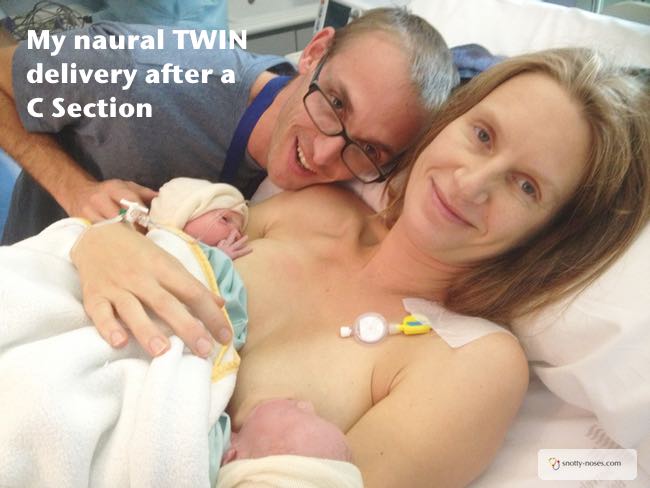
Do you want a VBAC?
- You get to do the whole child birth thing.
- The excitement (or inconvenience) of not having an exact date.
- You will be in a better position if you want to have more children.
- Easier to breastfeed after a natural delivery (but it is still possible after a c section).
- Less likely to have post natal depression.
Risks of another Caesarian Section verses VBAC
Here’s the official list of risks (according to NICE).
- May reduce pain during birth and 3 days afterwards, injury to vagina, early bleeding and obstetric shock (very bad thing that you can die from).
- May increase time in hospital, risk of hysterectomy (caused by bleeding) and cardiac arrest (bad!)
- May increase risk of baby being admitted to neonatal unit. (Although there is no difference in breathing problems or brain problems.)
It’s not an easy decision to make. Spend some time thinking about it and chat to your midwife or doctor.
After deliberating my options, my baby number two was born by VBAC. When I got pregnant with baby number 3, they turned out to be babies number 3 and 4 who I also delivered vaginally in Spain with most of the hospital watching. Now that really is an awesome achievement!
Pre Natal Class
Studies show that if you are prepared and know what is going to happen to you during delivery and your options in terms of pain killers, you are much more likely to deliver vaginaly. You don't have to go to a physical class these days. You can do them on line. Hilary is an experienced midwife and has developed this on line antitank course. (Affiliate link which means at no extra cost to you, if you buy the course, I earn a commission.)
How to Teach Your Baby To Sleep (Free Book)
How to Teach Your Baby to Sleep by Dr Orlena Kerek, mother of 4. Everything you need to know about baby sleep and setting up great sleeping habits. Join my newsletter to receive your copy
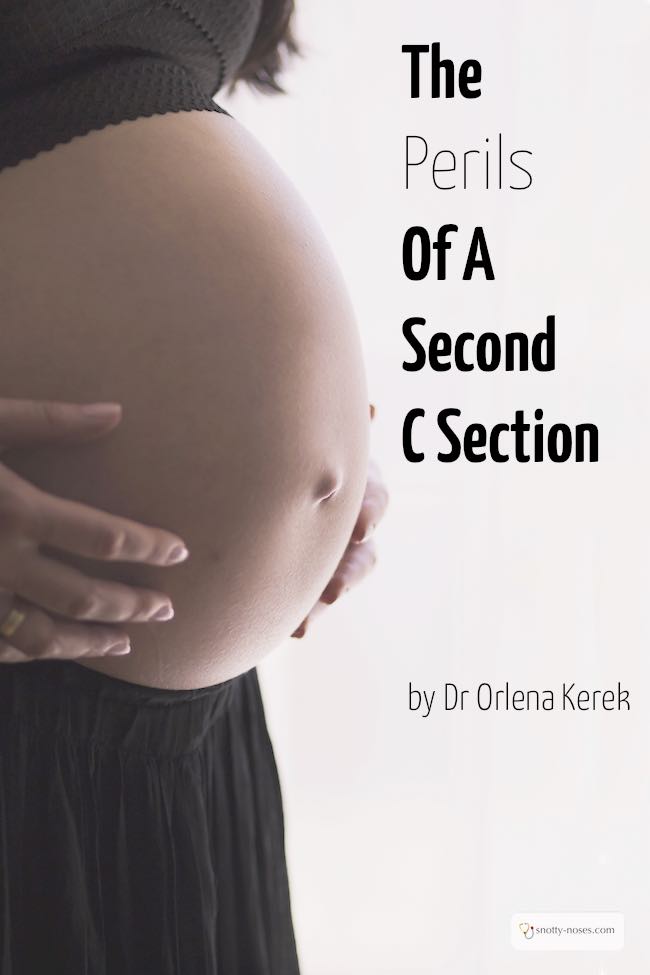
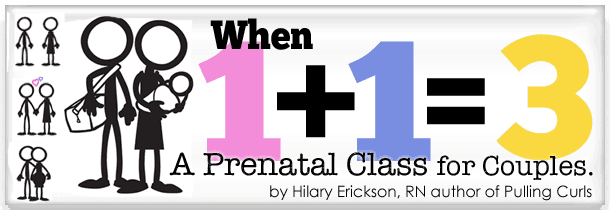
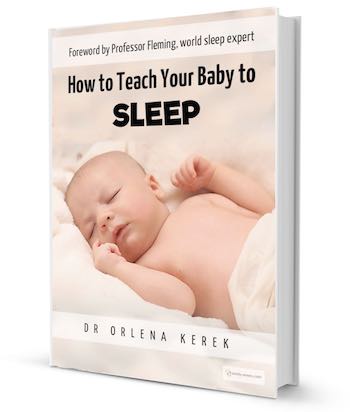
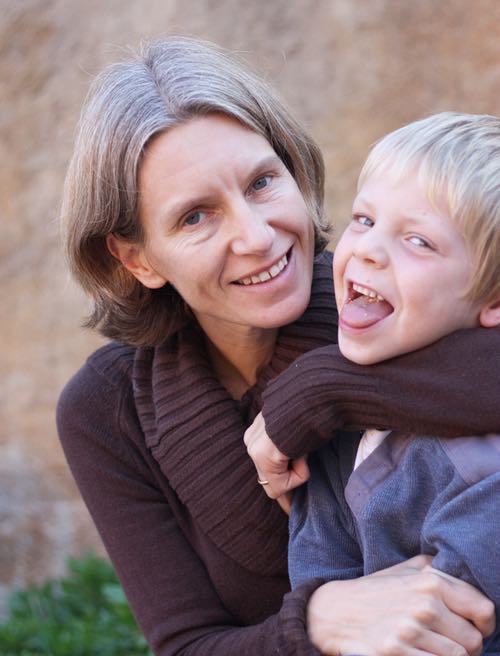
 Feeding Toddlers.
Feeding Toddlers.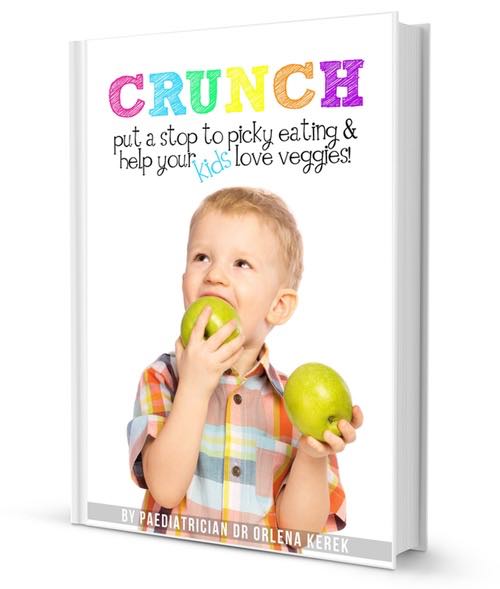 Would you like your kids to eat more healthily? Check out the book!
Would you like your kids to eat more healthily? Check out the book!